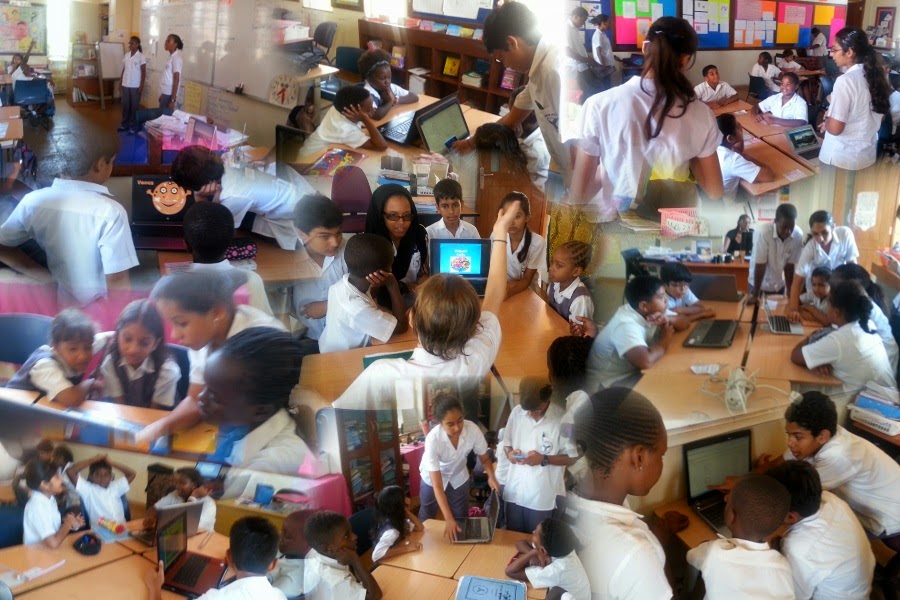
Investigate stage is usually captured using the following subheadings;
· Problem description
· Design brief
· Research
· Design specifications
· Bibliography
Problems description:
- Describe the current problem while stating the client. Example,
“Musa a business man, sales his cultural artefacts next to Fort Jesus gate in Mombasa. He has been doing this for the last 10 years. The only people who buy his items are the visitors who visit the Fort.
During the low season for tourists in Mombasa, his sales are quite low.
He now needs away to sustain his sales throughout the year.”
- Why is the problem important/relevant to the AOI / society / and yourself?
- Why do you think an Technology solution will be best suited in solving the problem of your client?
(N/B Don’t state what you will create at this stage)
Design brief: This is your response to the challenge, showing how you intend to solve the problem that you have been presented with. The following must be clear in your design brief
- The Design Brief is a short statement of what you are going to make, why you are going to make it, and for whom you are making it for. It should be an open ended statement.
Example: For example; a culture project. A good Design Brief might be something like this...
"Teenagers are influenced by current things. The internet and TV has taken over the lives of the youngsters. With busy parenst and absent grant parents the Teenegers are turning to the social media and the internet to develope an Apps culture. Are they loosing their identity? Yes. A website on culture will allow the teenagers to use the internet to learn about cultural artefacts, festivals, food, beliefs and many other things.The Web page can also be share on social media and teenagers will still learn on their cultures on-line”
Research;
- This an in-depth investigation about the product (website), the types of the product, concepts and related terminologies, the processes involved, the various skills and techniques required in its development etc.
- The research should always be supported with Screenshots, photos, graphics that shows the different techniques and skills applied while using the software.
- The research should be organized in a proper format. Paragraphs should be used at all times and properly.
- The researched information should be analyzed. That means that your own comments and contributions should be evident.
- Apply in-text referencing where possible and use at least four different types of sources. References http://www.slideshare.net/smp3/apa-style-tutorial
- Primary research is a summary of the feedback of an expert of the product you plan to create.
Ideas in: http://owl.english.purdue.edu/owl/owlprint/559/
Design Specifications
A good Design Specification should include information that you learned about the task/problem from your research. It is a list of requirements that your design ideas must meet plus a list of constraints that you have. It is the check list that you need to use when you start to make your design ideas.
- You can use a table of essential and desirable characteristics. These are design specifications that the product/solution must meet.
Resources for referencing: http://myp-tech.wikispaces.com/Design+Brief, https://sites.google.com/a/bis-ny.org/myp-technology/myp-2/documents/makingadesignspecification
Bibliography
The sources of information and a bibliography should be in proper format (APA).
Resources: www.citationmachine.net , www.bibme.org, www.easybib.com etc
Appendices
All the interview or survey questions and their responses should be in the appendices.
Assessment Criteria
Achievement level
0 The student does not reach a standard described by any of the descriptors given below.
1–2 The student states the problem. The student investigates the problem, collecting basic information from sources. The student lists some given design specifications.
3–4 The student describes the problem. The student investigates with guidance the problem, and considers information from basic appropriate, acknowledgedsources. The student describes a test to evaluate the product/solution against the given design specification.
5–6 The student understands the problem, within a wider context. The student investigates with guidance the problem, and considers information from a basic range of appropriate, acknowledged sources. The student describes methods for appropriate testing to evaluate the product/solution against the given design specification.
Investigate Checklist
Identify the problem
o I have described the problem as I understood it.
o I have written an explanation on why the problem is important, to my life, to the society and relevance to the A.O.I.’s?Develop your Design Brief
o I have written down a design brief: Explaining what I am going to make, why I am going to make it, and for whom.
Researcho I have researched on the skills and techniques required in the development of the product.
o Most of my research work is supported with screenshots, photos, and graphics that explains the different techniques and skills used in web design.
o I have organized my research in a proper format using paragraphs properly.
o I have added comments (my voice) on most of the information researched and applied some in-text citations.
o I have referred to at least four different types of resources in the investigation section.
o I have undertaken a primary research by consulting an expert in the field of my investigation.Design Specifications
o I have design specifications which includes a table of essential and desirablecharacteristics with tests.
o I have included references to the sources of information and a bibliography in proper format (APA) is attached at the end of the investigation section.
o I have included in the appendix all the interview or survey questions and their responses.
Posted by serem at 3:01 AM No comments:

No comments:
Post a Comment